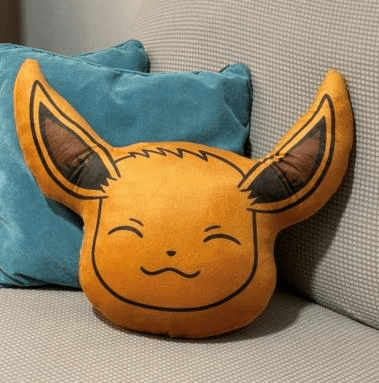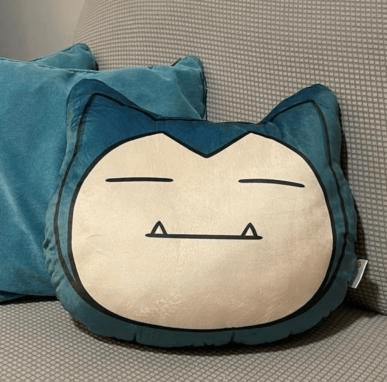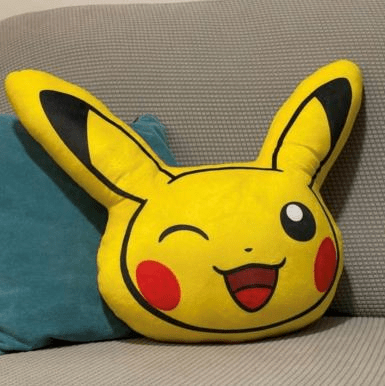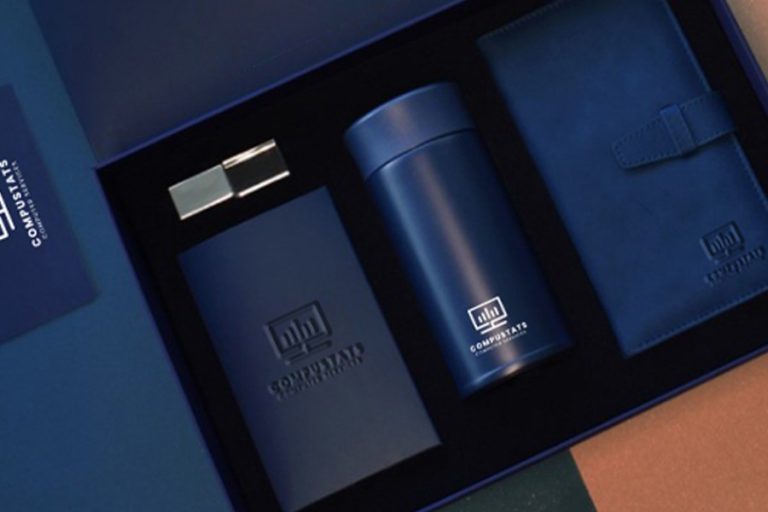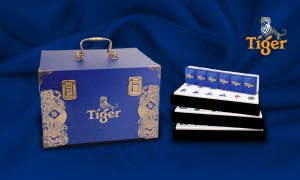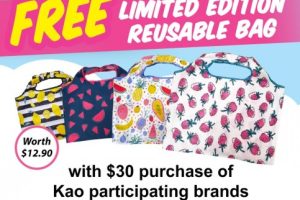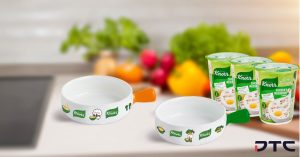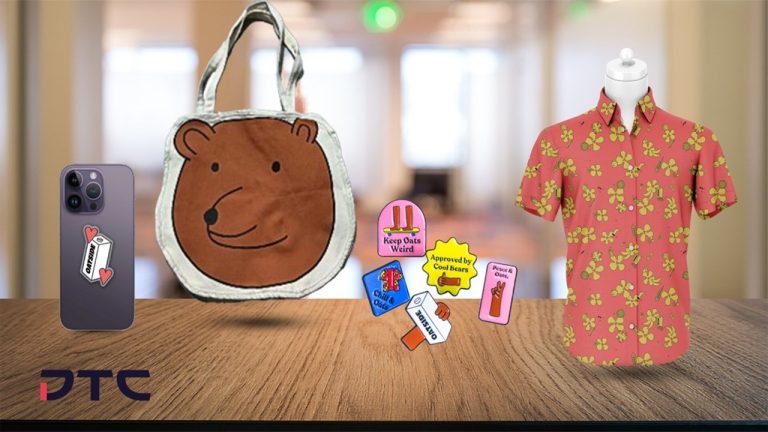
The Rise of the ‘Kidult’ Trend: Nostalgia Meets Modern Marketing
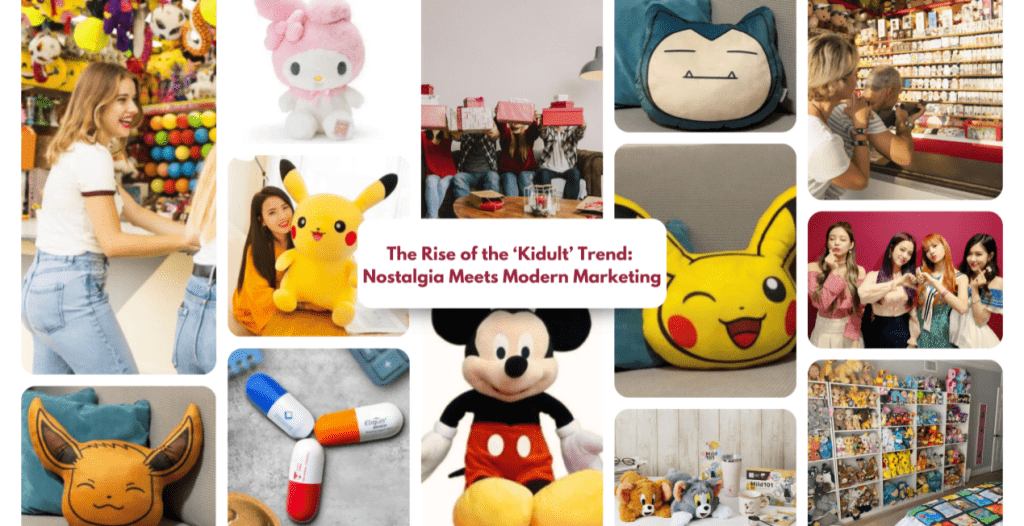
In today’s fast-paced world, an interesting shift is happening—adults are increasingly indulging in toys and collectibles traditionally meant for children. This phenomenon, known as the ‘kidult’ trend, isn’t just a passing fad; it’s a powerful movement driven by nostalgia, emotional comfort, and a growing demand for high-quality collectibles.
The ‘Kidult’ Trend: A Billion-Dollar Market
The term ‘kidult’ refers to adults who enjoy toys, plushies, action figures, and collectibles, and the numbers prove they are a significant consumer segment. Globally, toy companies have reported that adults now account for a substantial portion of toy sales, with this market growing at approximately 10% annually.
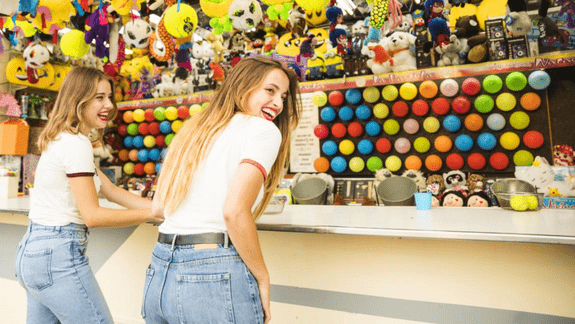
@freepik
What’s Driving This Trend?
1. Nostalgia: Many Millennials and Gen Zs grew up with iconic characters and brands like Pokémon, Disney, and Sanrio. Owning a collectible linked to childhood memories provides a deep emotional connection.
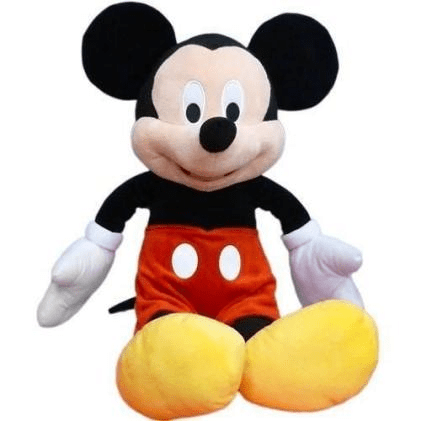

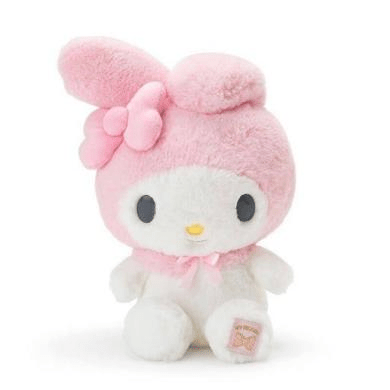
@ aliexpress
2. Stress Relief: Soft toys and collectibles act as comfort items in a world where mental wellness is increasingly prioritized.
3. Social Influence: Celebrities and influencers are normalizing ‘kidult’ culture. For example, Blackpink’s Lisa helped skyrocket the popularity of Labubu by sharing her collection with fans.
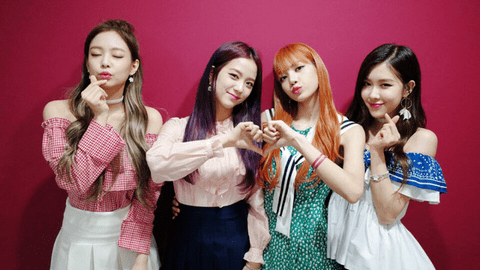
@jakartaglobeid
4. Investment & Exclusivity: Limited-edition collectibles and blind box series have created a hype-driven market where certain items become highly valuable over time.
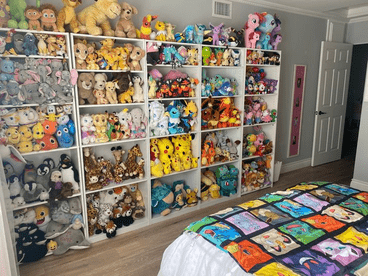
Labubu & Pop Mart: A Case Study in ‘Kidult’ Marketing
A perfect example of this trend is Labubu, a quirky plush toy from Chinese designer toy company Pop Mart. Despite its unconventional, almost mischievous look, Labubu has become a massive hit among adult collectors, particularly in Asia.
✨ Why Has Labubu Become So Popular?
- Celebrity Endorsements: Lisa from Blackpink shared her Labubu collection, making it a must-have item for fans.
- Limited Editions & Blind Boxes: Scarcity drives excitement, leading to sold-out releases and resellers pricing rare editions at premium rates.
- Community Building: The joy of collecting extends beyond the product—it’s about the experience, the hunt, and sharing it with like-minded fans online.
Pop Mart’s strategy has been incredibly successful. The brand has expanded beyond Asia and is now opening stores in the U.S. and Europe, proving that the demand for collectible characters is universal.
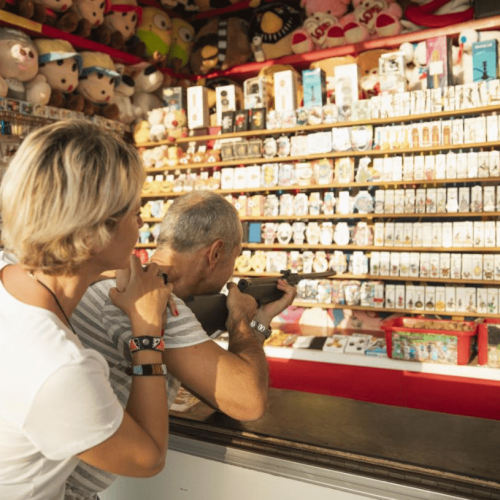
@ freepik
What Brands Can Learn from the ‘Kidult’ Boom
For marketers, ignoring the ‘kidult’ trend means missing a huge opportunity. Brands that incorporate nostalgia-driven collectibles into their promotional strategy can tap into this lucrative audience. Here’s how:
- Gift With Purchase (GWP) & Purchase With Purchase (PWP): Offering limited-edition licensed collectibles as part of a purchase can drive both impulse buying and repeat purchases.
- Licensed Character Merchandise: Nostalgic characters (Powerpuff Girls, Tom & Jerry, Pokémon) still hold strong appeal and can be creatively incorporated into brand collaborations.
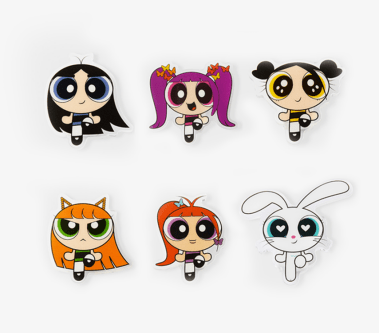
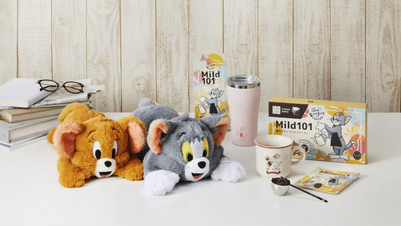
- Blind Boxes & Limited Drops: Creating a sense of exclusivity through surprise collectibles encourages customers to engage over multiple transactions.
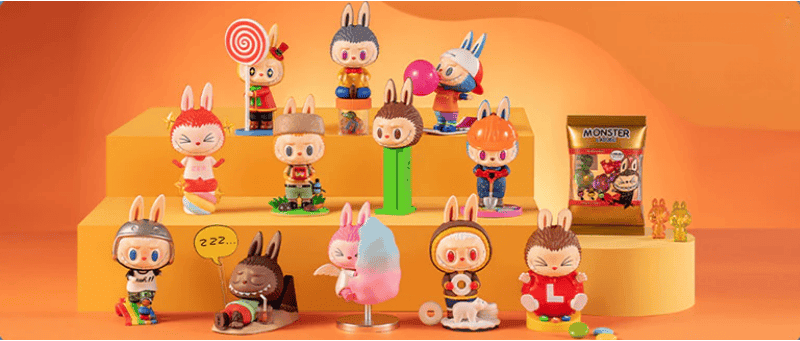
@fabindonesia
- Community-Driven Marketing: Building a strong collector’s culture around a brand increases customer loyalty and long-term engagement.
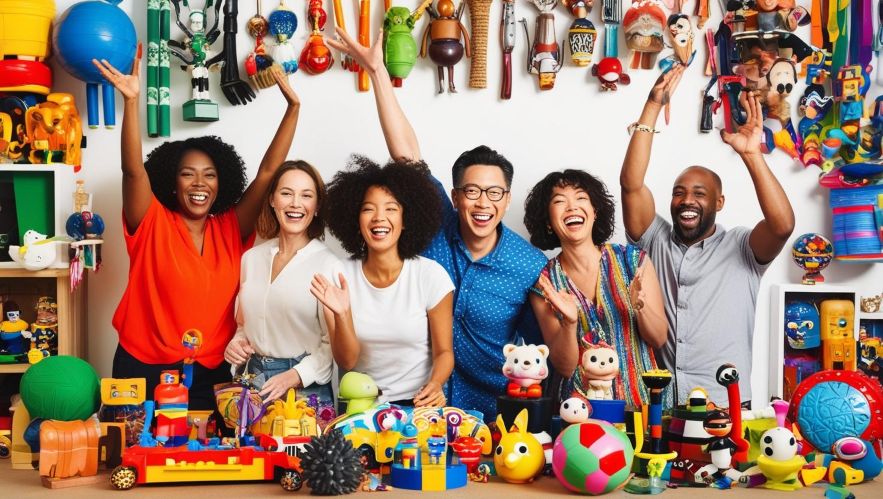
Final Thoughts
The ‘kidult’ trend presents an exciting opportunity for brands to reimagine how they connect with consumers. By blending nostalgia with modern design, merchandise can evolve from simple giveaways into emotionally meaningful experiences.
Brands that embrace this movement strategically are not only tapping into a growing consumer segment—they’re also creating lasting impressions. Thoughtfully designed products can become cherished keepsakes, strengthening brand affinity and driving deeper engagement.


